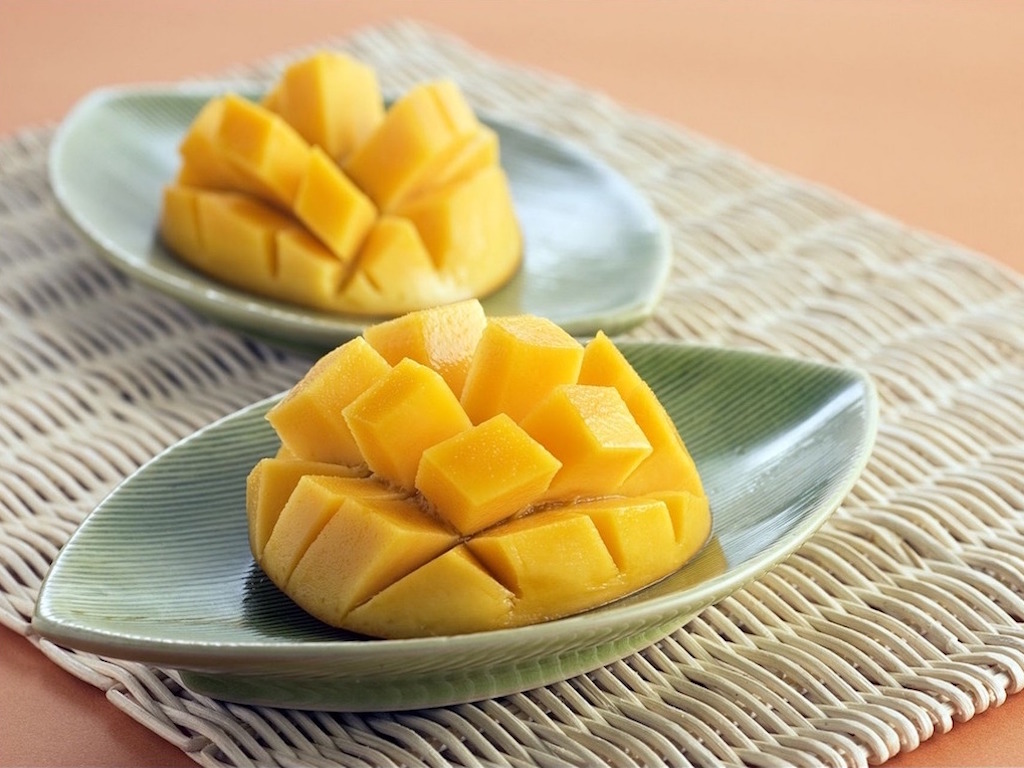2 Mins Read
23-year old Denxybel Montinola, who recently graduated from the University of San Carlos in the Philippines has just invented an ingenious water-soluble plastic that could be the solution for food waste and the global plastic pollution problem. Using mangoes and seaweed, which are locally abundant ingredients, Montinola has created a new blend of bioplastic.
We have heard it over and over again – our planet is facing a global plastic waste problem. Just last week, we received news of microplastic present in rainfall. There is so much plastic it is virtually littered everywhere in our oceans and landfills – and we’re consuming these particles too. To tackle plastic waste, which is especially prevalent in convenience-obsessed cities like Hong Kong, Hong Kong start-up Hydroplast has come up with a water-soluble plastic film that can replace conventional un-biodegradable plastic products.
Elsewhere in Asia, young Filipino scientist Montinola has combined the fight against plastic with another ecological mission – reducing food waste. He has created a new blend of bioplastic with two biopolymers, pectin and carrageenan, found in locally available ingredients: mango peels and seaweed.
Montinola’s home country is one of the world’s biggest mango producers and exporters, shipping over 820,000 tonnes of the juicy fruit every single year alongside other mango-derived products such as dried mangoes and mango flavoured sweets. This means that the country has a readily available and cheap supply of mango peels, which can be mixed with seaweed to create a brand new bioplastic blend. Unlike traditionally manufactured synthetic plastics that become eroded over time into destructive microplastics, this bioplastic is water-soluble without releasing any harmful toxins.
Not only does this help tackle food waste management and plastic pollution, his invention is “more robust and flexible and can mimic the mechanical strength of conventional plastic,” said the young scientist in an interview with Cebu Daily News.
This makes mango-seaweed bioplastic an easy solution that could be implemented in many existing plastic products in the Philippines and around the world. Beyond replacing potentially dangerous plastic food and beverage containers, the blend is ideal for use in medicine as a scaffolding layer to stop localised bleeding.
The innovative work of the Cebu-native has been showcased the Bank of the Philippine Islands Foundation’s Department of Science and Technology Awards (BPIF-DOST). He hopes to continue his research to further develop new uses for bioplastic and solutions for the planet.
Lead image courtesy of Pixabay.




